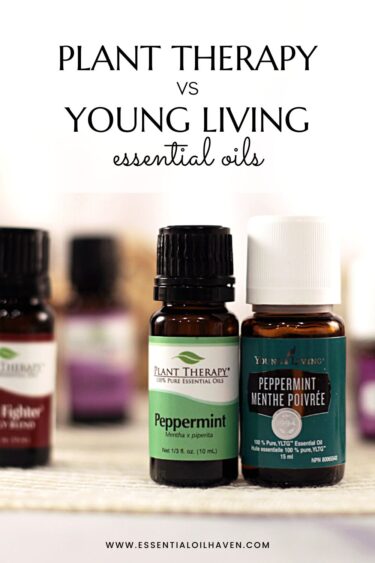
When it comes to the best essential oil brands, there are a lot of options and plenty of opinions out there. First and foremost, you want to make sure you buy a quality essential oil – not a fake, synthetic or adulterated oil.
This kind of goes without saying.
This post contains affiliate links, which means if you make a purchase through these links, I may receive a small commission at no extra cost to you. Read my full disclosure policy here.
Two solid quality, popular brands are Plant Therapy essential oils and Young Living essential oils. Both of these companies offer great quality products and have a loyal customer bases. But which one is right for you?
In this article, I will provide you with a detailed comparison between Plant Therapy and Young Living. I hope it will help you make an informed decision about which brand is best for you.
I have been using, recommending and working with essential oils for 10+ years. I’ve tested and compared 20+ separate essential oil brands, and the list keeps growing. I am not a chemical lab or test facility. Yet, my fact-based and research-oriented review process is sure to shed a lot of light on many questions you may have.
Ready to dive in?
Plant Therapy
Plant Therapy is an essential oils company that sells high-quality oils for use in aromatherapy and other applications. They offer a wide range of products, including single oils, synergy blends, sets, diffusers, carrier oils, personal care products, items for the home, for pets, and so much more! Plant Therapy is committed to safety, education, customer satisfaction and sustainability. On top of that, they are really strong in affordability.
One of my favorite parts of Plant Therapy is their educational resources to help customers learn how to safely use essential oils. They offer a blog, video resources, newsletter, Facebook Lives, and plenty of information on the actual product pages.
Young Living
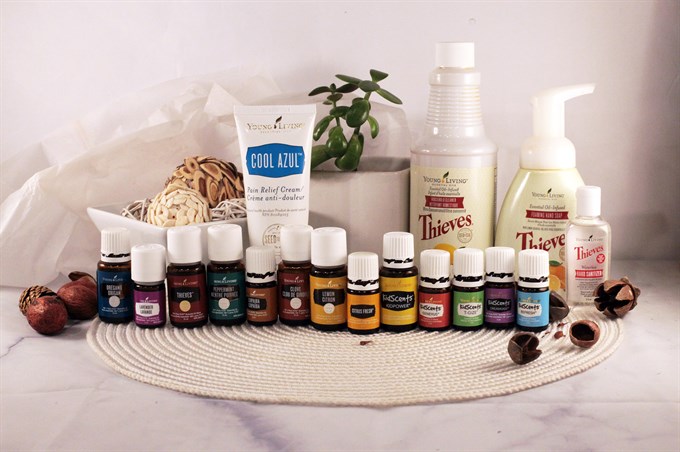
Young Living products
Young Living is also an essential oils company that sells luxury grade oils. By reputation (and we’ll dive into the exact reasons why in a little bit), their oils are expensive. They have been in business for over 25 years and are one of the most well-known essential oil brand names. Their product line includes single oils, blends, and sets, as well as diffusers, personal care products, supplements, and other related items. Young Living maintains a large network of distributors that sell their products on their behalf.
What I like best about Young Living is their Seed to Seal process, which is a commitment to the purity and authenticity of their oils. They are one of the few oil companies that own some of their own farms where they grow, harvest, and distill their own plants.
Key Differences between Young Living and Plant Therapy
| Plant Therapy | Young Living | |
|---|---|---|
| Company Structure | Non-MLM | MLM |
| Product Quality Assurance | 3rd Party Testing | Seed to Seal program |
| Oil Sourcing | Global sourcing | Seed to Seal program |
| Certified Organic | Available | Not Available |
| Ingestion of Oils | Not recommended | Encouraged (Vitality™ line) |
| Product Selections | Oils, Household, Skin Care, and more | Oils, Household and some supplements |
| Pricing | Affordable | Expensive |
| Customer Service | Direct access to the company | Work through your distributor |
| Returns | 90 days | 30 days |
Let’s look at some of these in more detail…
Quality Comparison
Both Plant Therapy and Young Living work hard to provide a high-quality product, but they go about it in different ways.
Plant Therapy sources their essential oils from all over the world and uses third-party testing to ensure their products meet stringent standards of purity and potency. They offer these 3rd party test reports for direct download on their website, so anyone can access the data and read all the details.
Young Living has created a proprietary Seed to Seal® process to maximize the quality of their essential oils. This protocol basically puts a name to, and summarizes their own set of stringent quality control principles. They do not send their oils to any third party testing facility.
Many people mistakenly believe that Young Living produces all of their oils on their company-owned farms. This is not the case. Within the Seed to Seal® process, Young Living also uses world-wide partner farms, and Seed-to-Seal certified suppliers, in addition to corporate-owned farms.
Certified Organic Oils
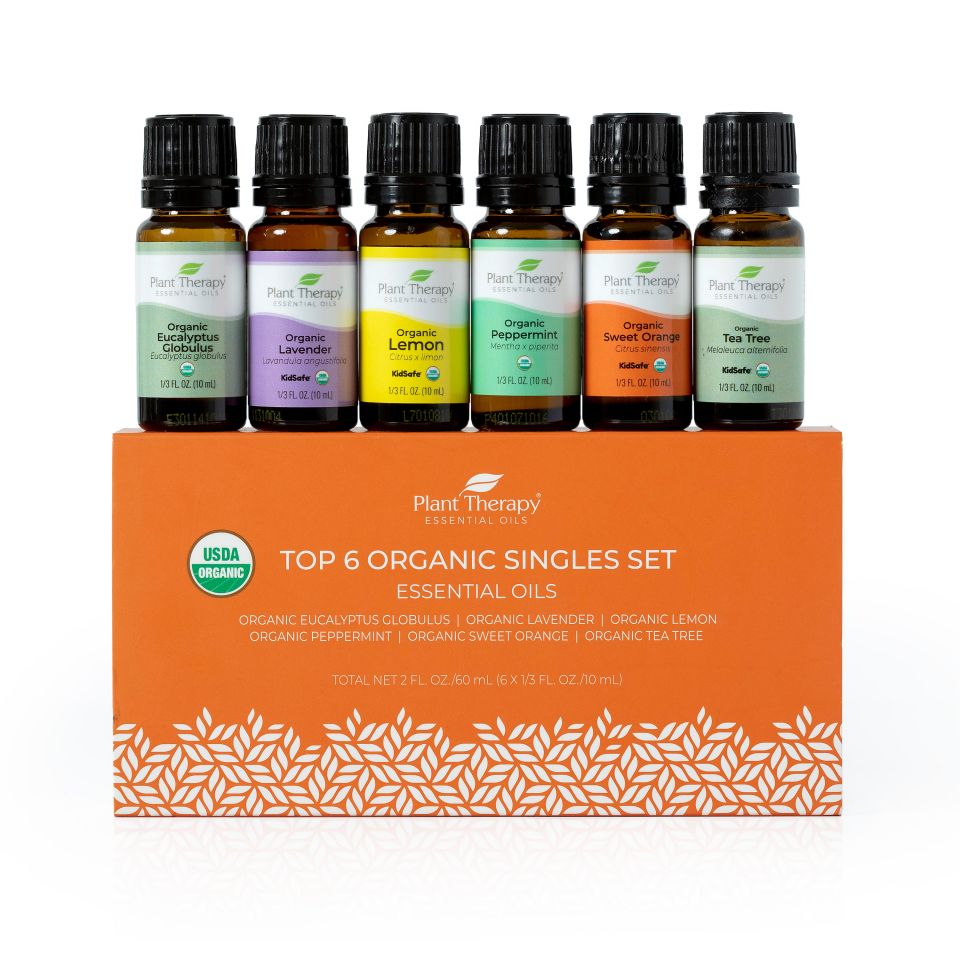
Plant Therapy Organic Oil Set
Shop Here
Now that we’ve established that both companies carry good quality oils, let me explain the difference in the USDA Certified Organic label.
To achieve USDA certification, a brand must meet the quality criteria set out by the U.S. Department of Agriculture. This standard includes rules for farming practices, production, handling and processing of natural goods. Any product that’s labelled with the official USDA Certified Organic stamp has complied to these rules all along the way.
Plant Therapy carries a select variety of USDA Certified Organic oils, meaning, the products they’ve sourced comply to the official standard. Young Living does not offer any certified organic oils. Seeing that YL keeps their own farms and farming practices pretty tightly under wraps, it is no surprise to me that they don’t want a 3rd party like the U.S. Department of Agriculture coming to police their company-owned farms.
In my books, a big plus for Plant Therapy here, compared to Young Living simply doing their own thing.
Internal Use of Oils
In general, it is not recommended to use essential oils internally. Essential oils are highly concentrated plant extracts and can be toxic if consumed improperly. Plant Therapy’s education materials follow this same general practice and do NOT recommend ingestion.
On the contrary, Young Living has created a separately labelled line of oils recommended for internal use. It is called the Young Living Vitality(TM) Dietary oils. These oils are intended to be used as a dietary supplement and can be added to food and drinks.
The Young Living Vitality™ line includes several different oils, such as Lemon, Peppermint, and Oregano.
However, it is important to note that not all essential oils are safe for internal use, and some should never be ingested, so it’s important to make sure the oil is labeled as “dietary” and to follow the recommended usage instructions provided.
Further, I would recommend to always consult with a qualified aromatherapist or healthcare professional before using any essential oil internally.
Product Line Comparison
For the essential oil basics, both companies carry single essential oils, blends, roll-ons, carrier oils, diffusers, starter kits and other sets.
Both companies have their own lines for personal care, including skin care, hair care, bath & body.
And then this is where the two brands start being a bit different.
Young Living carries a lot of supplement type of products. For example, their popular NingXia Red line is a blend of juices and purees from goji berries and other fruits, as well as pure essential oils. This product is marketed as a wellness supplement, and it claims to have a variety of benefits, including increased energy and better digestion.
Essential Oil Kits
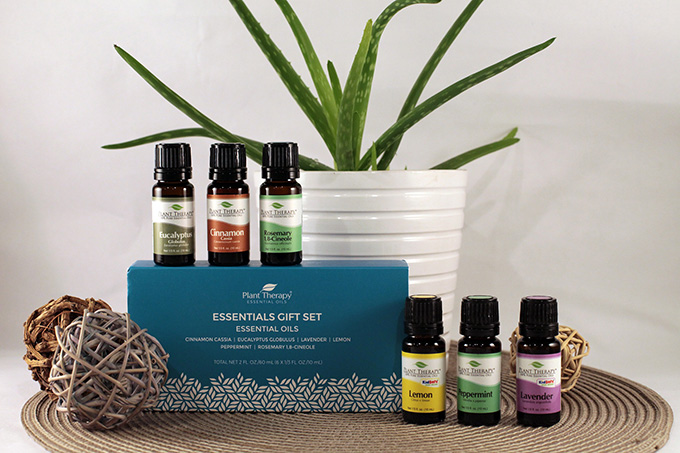
Plant Therapy Essential Oils Gift Starter Set
Shop Here
Young Living offers only 8 options for a starter kit. You can get the Basic Starter Kit, Premium Experience Kit (including a diffuser), or some options with Thieves or NingXia Red products.
At Plant Therapy, you can choose from 42 different kinds of sets, including options with carrier oils, seasonal scents, or ailment-specific sets such as the Relaxation set or Wellness Sampler set.
With this many sets to choose from, it’s a lot easier to get started with Plant Therapy vs Young Living products.
Besides, these cute sets make perfectly easy gifts for any occasion, too!
Synergy Blends
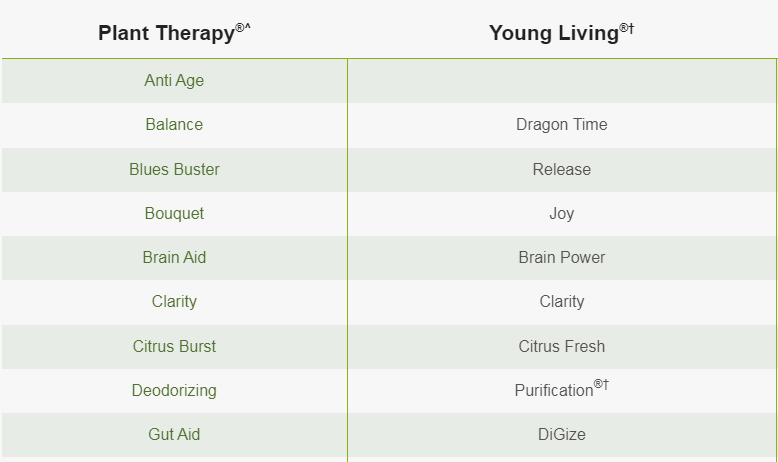
This is just the start of the list. Click image for full list.
Start Here
Young Living has established a lot of discerning value in their signature blends, namely Thieves(R), Peace & Calming (R), Joy (TM), R.C. (TM), Purifcation(R), PanAway(R), and a few more.
Many other essential oil companies, including Plant Therapy, offer a direct cross-reference for these blends, where you can replace the YL version with a cheaper alternative product.
If you are a Young Living fan and used to certain essential oil blends, it’s worth researching what Plant Therapy has to offer. Start with their comparison chart here.
Kid Safe line
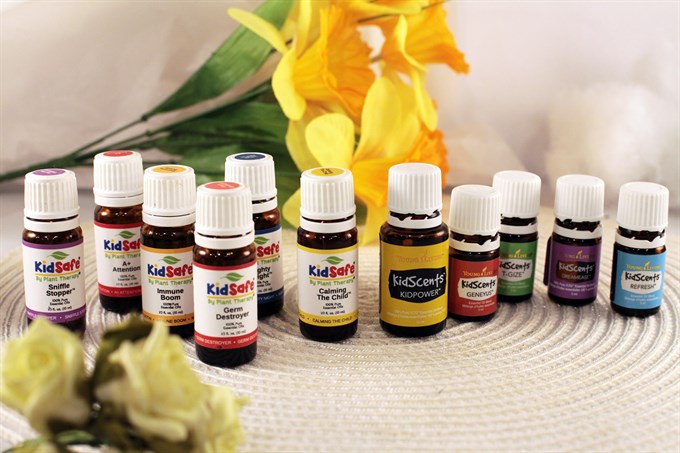
Kid Safe Oils from both PT and YL
Both Plant Therapy and Young Living customers can shop for Kid Safe products with their favorite essential oil brand.
However, Plan Therapy’s Kid Safe line is a lot more built out than what YL offers. At time of writing, Young Living had just 6 essential oils for kids in their KidScents line-up. Plus, 1 bath gel, 1 shampoo and 1 lotion, 1 toothpaste. Plus, 2 kids’ multivitamin supplements.
On the contrary, Plant Therapy has pages upon pages of KidSafe oils, blends, and accessories like AromaPlushes, which are stuffed animals that include a felt pad to add your essential oils onto.
Price Difference
When it comes to price, Plant Therapy offers more affordable prices than Young Living with most of their products averaging $10-$15 per 10 ml bottle. In comparison, Young Living’s prices range from $25-$50 per 5 ml bottle depending on the type of oil or blend you buy. If you order regularly from your Young Living representative, you may enjoy slightly better wholesale prices.
But in general, not only is this a huge price difference, Plant Therapy’s oils are also usually a 10 ml bottle, compared to Young Living’s standard bottle size of 15 ml. You do get 50% more oil with Young Living, but the price is a lot more than +50%.
In the example of Lavender, even with members discount, you pay about four times as much at Young Living than you would at PT. That’s +400%.
- Plant Therapy 10 ml Lavender: $7.49
- Young Living 15 ml Lavender: $35.86 retail, $27.25 with discount
Overall, you’ll pay a lot more at Young Living for the same quality oil you could also buy at Plant Therapy.
Do keep in mind that plant-based products can be expensive due to other factors, too. Namely, if a plant material is rare, luxurious or labor intensive to extract, the oil will naturally cost more. Examples of expensive oils (no matter the brand) are Rose, Jasmine, or Sandalwood essential oils.
Packaging & Shipping
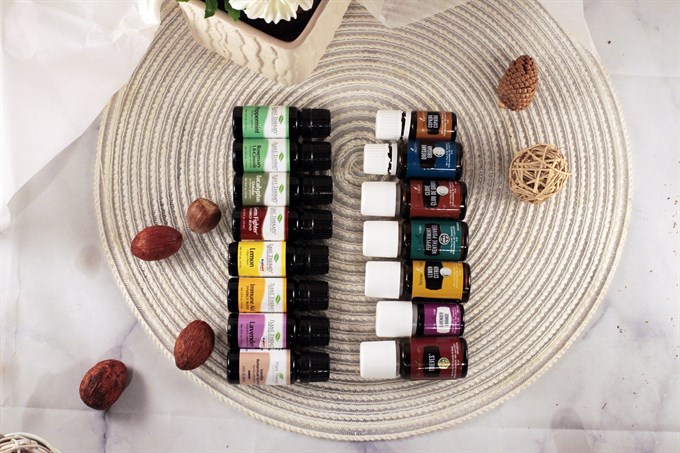
Plant Therapy oils and other products are each packaged in their own thin cardboard branded box. The product packaging is beautiful and very giftable. Plus, each order usually includes a surprise sticker, which many fans collect and trade passionately.
Orders are shipped in recycled cardboard boxes with a simple white liner paper.
Plant Therapy offers both standard shipping and priority shipping options so customers can choose how quickly they need their order delivered. Standard shipping is free to all U.S. retail customers. International shipping is easily calculated at checkout. Shipments to popular countries such as Canada and the UK are shipped duties, customs & taxes paid.
Young Living orders are primarily delivered through your sales rep, thus you’ll enjoy local pick-up or delivery upon request. If you order online, you’ll enjoy free shipping on all orders that are 100 PV or more. PV (personal volume) is Young Living’s points program where each $1 dollar spent equals 1 point, and you have to order 50 points each month to remain qualified as a member. Thus, orders over $100 qualify for free shipping – but only if you order regularly.
Now recently, YL introduced a shipping subscription program called YL Go, which is very similar to Amazon Prime and offers fast delivery within 2-4 days. It comes at a cost though, which is between $69-$129/per year.
Young Living’s product packaging is attractive with colorful oil bottle labels. The products are packaged carefully, also using brown recycled cardboard boxes.
Customer Experience

Customer service and customer loyalty matters – especially when ordering online!
Plant Therapy has an excellent track record for Customer Service around the web. Many Facebook groups and other individual reviews rave about how well they’ve been treated by the company if something wasn’t quite right. PT offers easy refunds with their 100% money-back guarantee within 90 days of purchase, including free return shipping.
To get in touch with Plant Therapy, you can use their toll-free phone number, email address, or live chat on their website.
At Young Living, any returns or exchanges must be made within 30 days of the original purchase date. This leaves a little less time between shopping, shipping and receiving the product to make sure you’re happy with it. If the product has been opened, you’ll only qualify for an account credit. At Plant Therapy, even opened oils can be returned for a partial to full refund based on the amount of product remaining. Also, return shipping is covered with PT, whereas with Young Living, any credit is minus shipping charges.
So, all in all, returns and refunds are a bit more flexible at Plant Therapy vs Young Living.
Company Structure
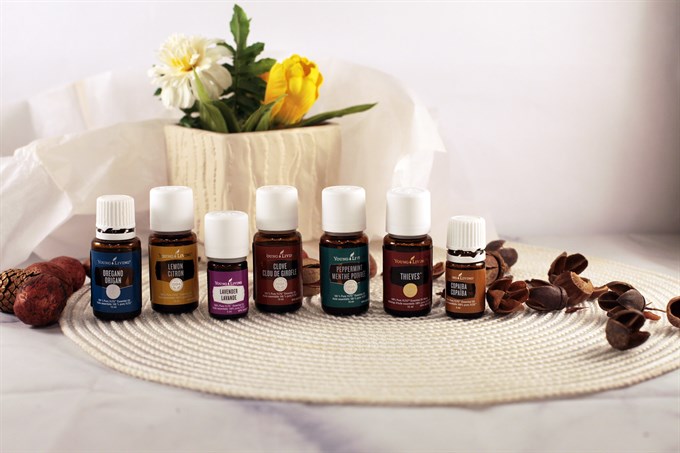
Young Living oils is a MLM company
Now, last but not least, I want to talk about company structure.
Plant Therapy is a direct-to-consumer (DTC) company whereas Young Living is a multi-level-marketing (MLM) company.
A DTC company sells its products directly to consumers, rather than through intermediaries such as wholesalers or retailers. Plant Therapy does this through a variety of channels, such as their online sales (website), social media, and company-owned retail stores. In terms of marketing and advertising their products, Plant Therapy relies on digital marketing, social media, and other digital platforms to reach and engage with customers.
MLM stands for multi-level marketing, and it is a type of business model in which a company’s products are sold not just by the company itself, but also by a network of independent distributors. These distributors earn commissions not only on their own sales, but also on the sales made by the people they recruit to join the company as distributors. This creates a hierarchical structure, with the company at the top and the individual distributors at the bottom, and each level earning a percentage of the sales made by the level below it.
Why is buying in an MLM scheme problematic?
Buying from someone who is a member of an MLM scheme can be problematic for several reasons. One issue is that products sold through an MLM scheme are often priced higher than the same products sold through traditional retail channels. This is because the prices must cover not only the cost of the products themselves, but also the commissions and other expenses associated with the MLM structure.
Additionally, members of an MLM scheme are often encouraged to buy products for their own personal use, even if they do not need or cannot afford them, in order to qualify for commissions or other incentives.
Another issue is that members of an MLM scheme may feel pressure to constantly recruit new members in order to grow their downline and increase their income. This can lead to a situation where people are being pressured to buy products they don’t need, or to recruit friends and family members into the scheme, whether they are interested or not.
Final Thoughts
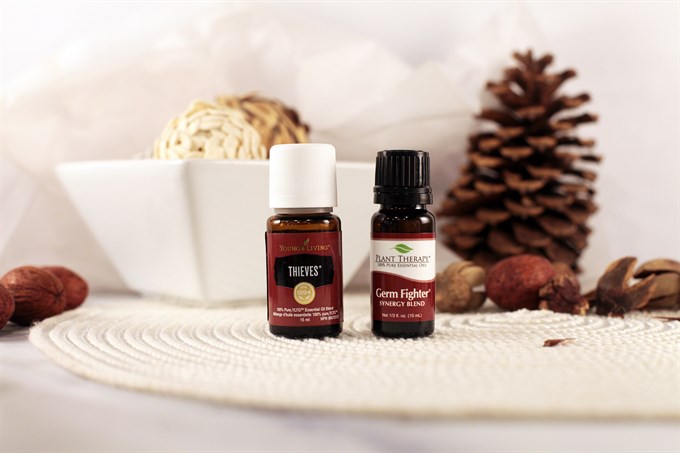
When it comes down to it, choosing between Plant Therapy vs Young living boils down to a lot of personal preferences.
We all have different values when it comes to our shopping experience and price points. If you’re looking for an affordable option with fast delivery times then PT may be your best bet. However if you want a personalized, luxurious shopping experience, then you might want to invest in a few bottles from Young Living.
Ultimately, both brands offer excellent products that are sure to delight you when your parcel arrives!
Who would enjoy buying from Plant Therapy?
If you are looking for quality paired with affordability, Plant Therapy essential oils are perfect for you. While you won’t get an individual consultation on which oils to use and for what purposes, you can easily gather this information through PT’s online educational resources. Read their blog, watch their YouTube channel, join a FB live or follow their newsletter.
You’ll be empowered in your EO knowledge, while at the same time being able to enjoy a shopping experience on your own time, without anyone influencing or pressuring your decisions.
Plus, the prices are really, really fair!
Who would enjoy buying from Young Living?
If you enjoy the human touch when shopping, Young Living is an ideal essential oil company for you.
Young Living’s helpful, knowledgeable distributors can provide valuable insights into which products might be best suited for your needs. Plus, if your rep has been using oils in their own life for a while, they’ll likely have real life tips and advice for you, too.
The opportunity to talk and ask questions of a sales representative provides an extra level of satisfaction that you won’t find by simply putting in an online order.
Start searching your local social media to find a local representative. If you can’t find anyone to reach out for first, sign up online at YoungLiving.com. There, you’ll be automatically paired with reps in your area.
Further Reading
- Plant Therapy Official Website: https://www.planttherapy.com/
- Young Living US Official Website: https://www.youngliving.com/us/en
Questions? Comments?
Was this comparison helpful to you? Did I miss anything?
I’d love to hear your thoughts! Please comment below.

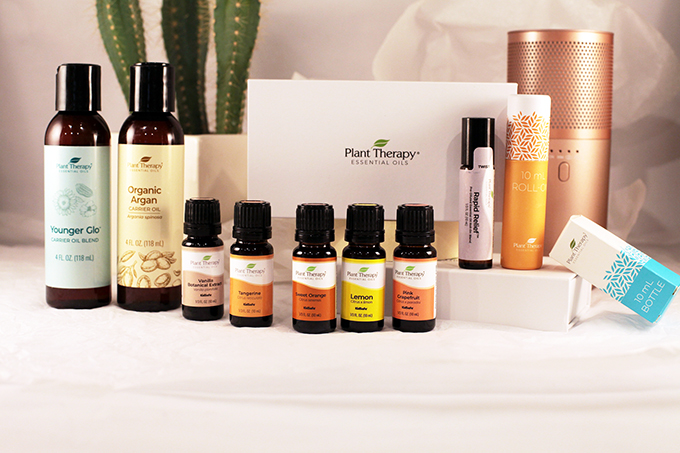
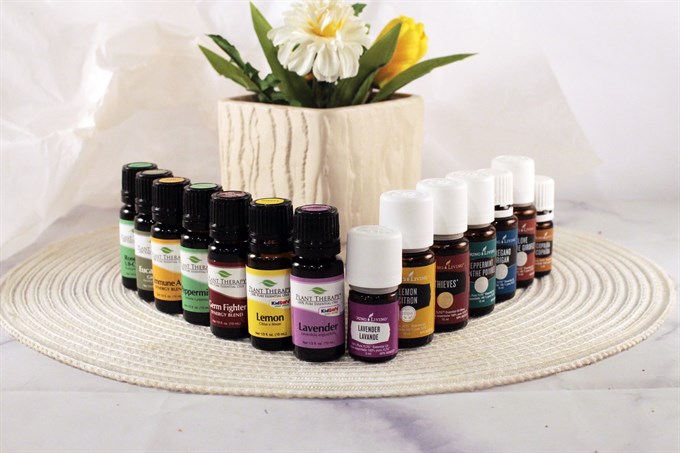
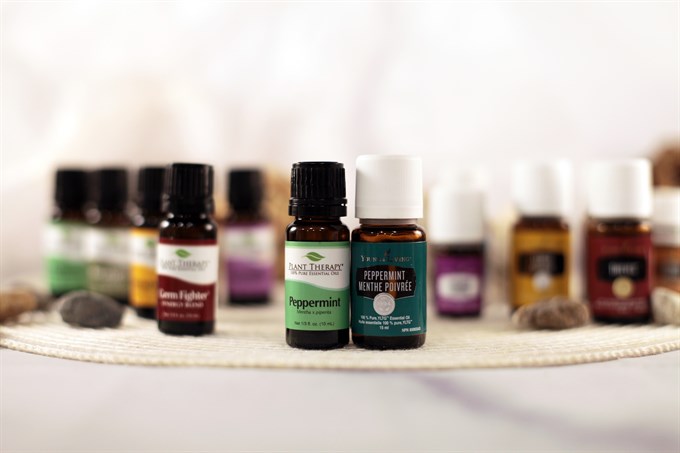
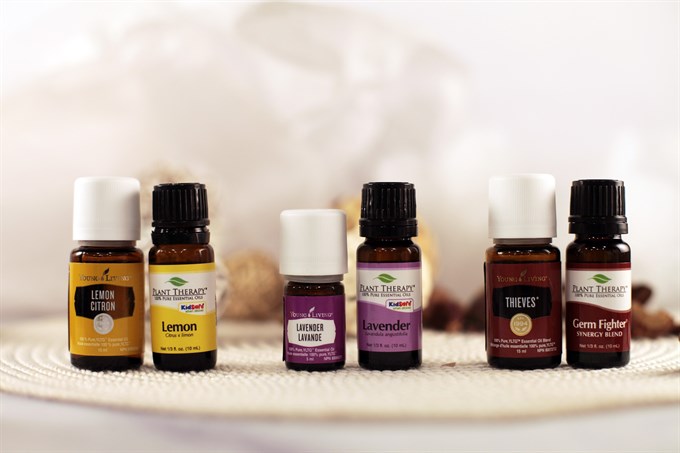
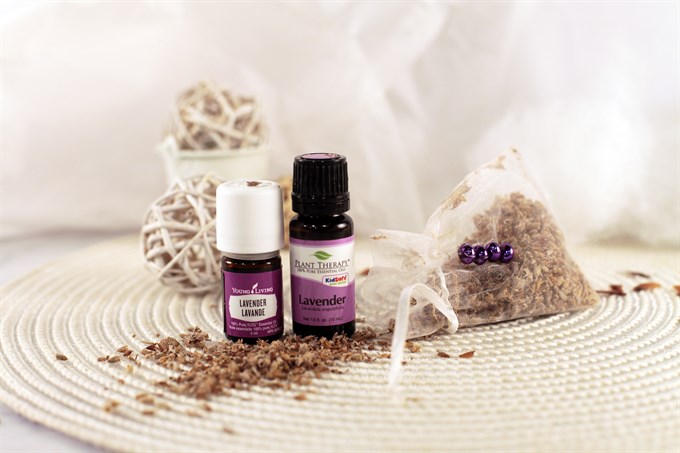
Hi! Thank you for your article. I’ve switched several essential oils from Young Living to Plant Therapy, I like that PT has organic options, that’s what I opt for if it’s available. I’m looking for an alternative to YL Rose. But it’s so expensive even to try other brands. I tried Revive and Healing Solutions Rose, but it still doesn’t compare to YL. Have you compared Young Living Rose (Rosa damascena) to Plant Therapy Rose Otto (Rosa damascena)?
Good article! I don’t however think it’s correct to state that mlm companies are “schemes” given their legitimacy as a company. I am not a mlm marketer but have purchased good products through mlms. Aside from that, I made the switch from Young Living to Plant Therapy and am quite happy!
I always love reading your articles, this one about PT vs YL as well. I began moving from YL to PT after articles I’d read from you and was very happy with PT till I purchased their version of YL’s Purification – what a disappointment! PT’s version smelled sooooo different with a strong smell of patchouli essential oil. I love the patchouli oil smell, but I was hoping for essentially something VERY much the same as the fragrance PT was trying to mimic. Any thoughts on that? Do you know of an other reasonably priced essential oil maker whose purification look-alike is more similar to Young Living’s? I’d be very very grateful for your input.
I like Rocky Mountain’s Purify. I think it is very similar to Young Living.You can also order directly from their website. I use mainly Plant Therapy as I love their products, quality and cost, but I also buy some items from Rocky Mountain. They also have high quality oils, but are a bit more expensive than Plant Therapy. When I started out, I only used Young Living but reached a point where I could not afford them anymore and I do not like MLMs.
Check out Rocky Mountain’s website :)
Hi Carla,
Thank you so much for your question! I certainly know of Purification alternatives… in fact, I’ve created my own DIY Purification Copycat Recipe here. If you scroll down in the article, you’ll find the alternate blends from REVIVE and Rocky Mountain Oils.
Hope this helps!!
Emma
Enjoyed your detailed and spot-on comparisons.
I have used both companies and I love the fact that I can get top quality EO’s from Plant Therapy and create similar blends customized for my clients at a fraction of the cost of Young Living. With Plant Therapy I also like the super fast free shipping, extensive details about each EO, and wealth of information not laced with sales talk.